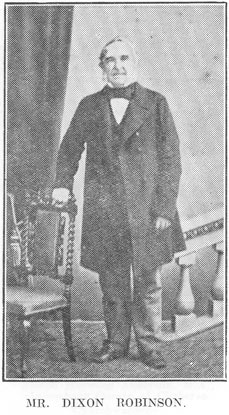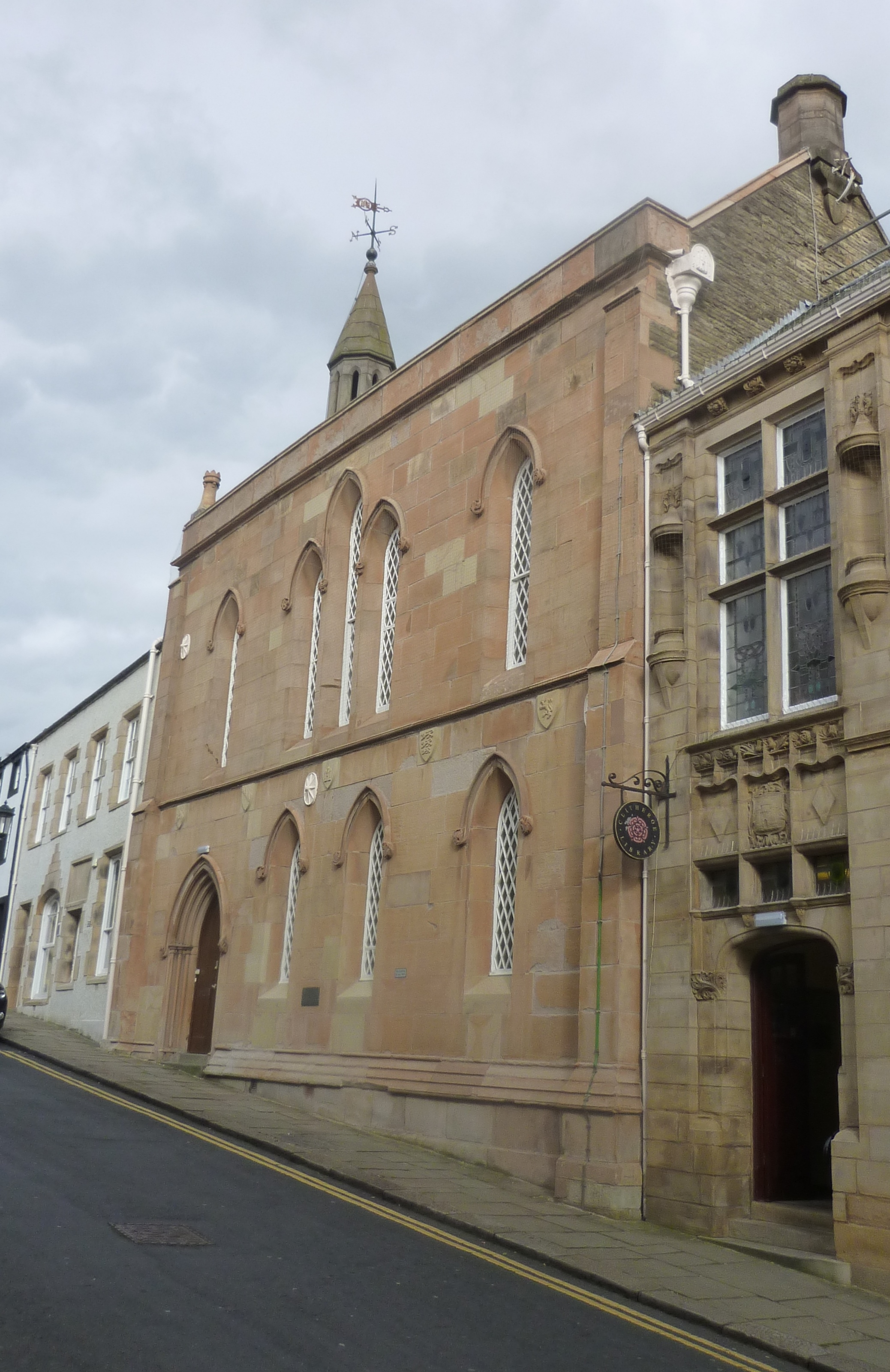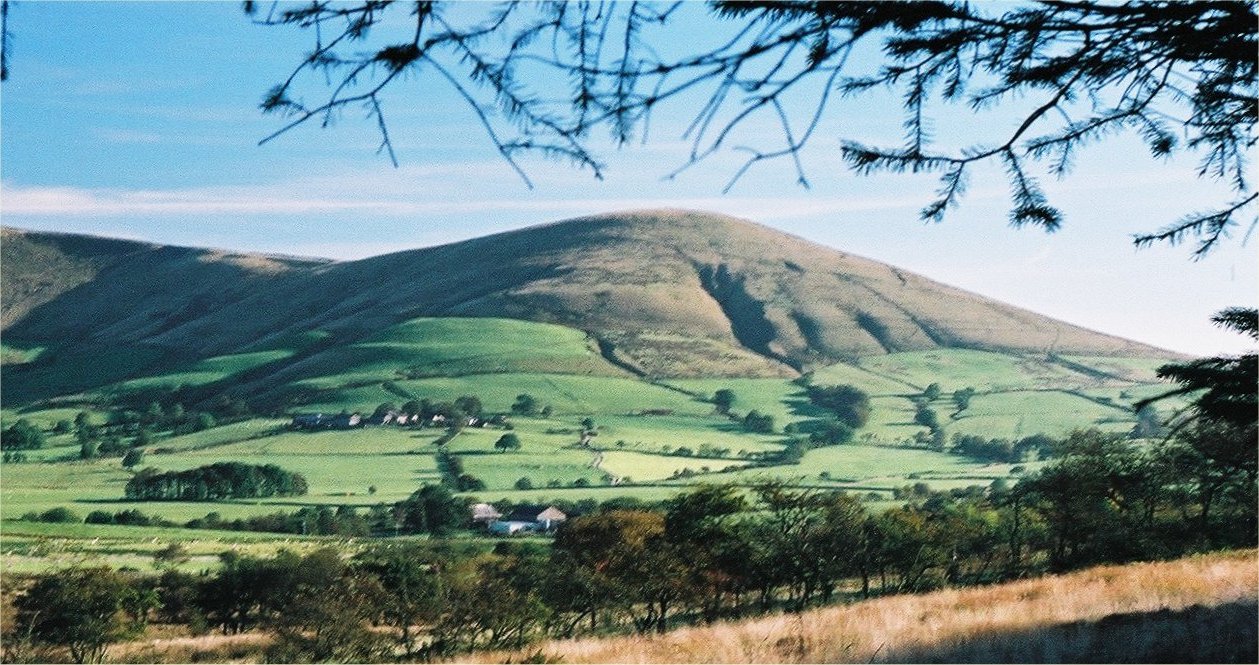|
Chatburn
Chatburn is a village, civil parish and electoral ward in the Ribble Valley, East Lancashire, England. The population of the civil parish at the 2011 census was 1,102. Situated in a hollow between two ridges north-east of Clitheroe, just off the A59 road, relatively near Pendle Hill south-east of the village. Lanehead quarry is situated to the West at the termination of Chatburn Old Road. Ribble lane at 240 above sea level leads down to the River Ribble North of the village, the top of Downham road being 150 feet higher. The parish adjoins the Ribble Valley parishes of Grindleton, Sawley, Rimington, Downham, Worston, Clitheroe and West Bradford. History The village itself can be dated back to Anglo-Saxon times; it takes its name (as does the lowest Avenue) from one of the most distinguished characters of that time, St Chad, and having a brook (or burn) hence the name. The village sits outside the Forest of Bowland and was never considered part of the ancient Lordshi ... [...More Info...] [...Related Items...] OR: [Wikipedia] [Google] [Baidu] |
Listed Buildings In Chatburn
Chatburn is a civil parish in Ribble Valley, Lancashire Lancashire ( , ; abbreviated Lancs) is the name of a historic county, ceremonial county, and non-metropolitan county in North West England. The boundaries of these three areas differ significantly. The non-metropolitan county of Lancashi ..., England. It contains six listed buildings that are recorded in the National Heritage List for England. Of these, one is at Grade II*, the middle grade, and the others are at Grade II, the lowest grade. The parish contains the village of Chatburn and surrounding countryside. The listed buildings consist of houses, farmhouses, and a church. Key Buildings References Citations Sources * * * * * * * * {{DEFAULTSORT:Chatburn Lists of listed buildings in Lancashire Buildings and structures in Ribble Valley ... [...More Info...] [...Related Items...] OR: [Wikipedia] [Google] [Baidu] |
Christ Church, Chatburn
Christ Church is in the village of Chatburn, Lancashire, England. It is an active Anglican parish church in the deanery of Whalley, the archdeaconry of Blackburn and the diocese of Blackburn. The church is recorded in the National Heritage List for England as a designated Grade II listed building. History Construction of the church began in 1837, the architect being Edmund Sharpe of Lancaster. It was one of Sharpe's first commissions and one of his early churches in Romanesque style. The church was founded by Dixon Robinson, steward of the Honour of Clitheroe who, together with his older brother William, partly paid for it. The foundation stone was laid on 22 June 1837. Under the stone a bottle was placed containing coins, medals, and a copy of the ''Blackburn Standard''. An article in the ''Blackburn Standard'' suggested that Christ Church was the first to be commenced during the reign of Queen Victoria. The estimated cost of the church was £950 (equivalent to £ in ), ... [...More Info...] [...Related Items...] OR: [Wikipedia] [Google] [Baidu] |
Dixon Robinson
Dixon Robinson (1795–1878) was an English lawyer, gentleman steward of the Honour of Clitheroe, and philanthropist in the 19th century. Life Dixon Robinson was born on 17 June 1795 at Chatburn, Lancashire, third son of Josias Robinson (1749–1827) and Susanna Dixon (1758–1824), he studied at Clitheroe Royal Grammar School The Lancashire Lawyer and Steward of the Honor of Clitheroe Having trained and articled as surveyor and land agent at Kirkby Lonsdale, he then adopted the profession of law, eventually becoming a partner in the firm of Carr and Robinson, solicitors, of King Street Blackburn and Clitheroe. Following the death of Mr Carr, Mr Robinson became the senior partner and was appointed by Lord Monague as the 'Gentleman Steward of the Honor of Clitheroe', a position whose residence and office was Clitheroe Castle. This evolved into Robinson and Sons, with Dixon's children Arthur and Henry. The firm's name continued through further generations, the business bein ... [...More Info...] [...Related Items...] OR: [Wikipedia] [Google] [Baidu] |
A59 Road
The A59 is a major road in England which is around long and runs from Wallasey, Merseyside to York, North Yorkshire. The alignment formed part of the Trunk Roads Act 1936, being then designated as the A59. It is a key route connecting Merseyside at the M53 motorway to Yorkshire, passing through three counties and connecting to various major motorways. The road is a combination of historical routes combined with contemporary roads and a mixture of dual and single carriageway. Sections of the A59 in Yorkshire closely follow the routes of Roman roads, some dating back to the Middle Ages as salt roads, whilst much of the A59 in Merseyside follows Victorian routes which are largely unchanged to the present day. Numerous bypasses have been constructed throughout the 20th century, one of the earliest being the Maghull bypass in the early 1930s, particularly where traffic through towns was congested. Portions of the route through Lancashire were proposed to be upgraded to motorway s ... [...More Info...] [...Related Items...] OR: [Wikipedia] [Google] [Baidu] |
Chatburn Railway Station
Chatburn railway station once served the small village of Chatburn in Lancashire, England. History The original single line opened in June 1850 and terminated at a platform to the rear of the Pendle Hotel. Some of the first platform stone work is still in situ (as of July 2016). The station west of Clitheroe road was opened in 1872 by the Lancashire and Yorkshire Railway and until 1879, was at the end of the line from Blackburn. There was at one stage a turntable, it was situated east of Clitheroe road on the flat ground in the area of the existing station building. The line was doubled up from 1872 to 1874, and work on the line onwards towards Gisburn and Hellifield began in 1874. Initially it opened to Gisburn in June 1879, and was running to Helifield twelve months later. The bigger replacement station east of Clitheroe Road closed to passengers after ninety years, shortly before the publication of the Beeching Report. Chatburn station had its own goods depot, with mult ... [...More Info...] [...Related Items...] OR: [Wikipedia] [Google] [Baidu] |
Twiston
Twiston is a village and a civil parish in the Ribble Valley District, in the English county of Lancashire. It is near the town of Clitheroe and the village of Downham (in whose parish the population of Twiston is now included). The parish is part of the Forest of Bowland Area of Outstanding Natural Beauty (AONB). It adjoins the Ribble Valley parishes of Downham and Rimington, and the Pendle parish of Barley-with-Wheatley Booth. Twiston was once a township in the ancient parish of Whalley. This became a civil parish in 1866, forming part of the Clitheroe Rural District from 1894 till 1974. Along with Chatburn and Downham, the parish makes up the Chatburn ward of Ribble Valley Borough Council. Media gallery File:Hill Top, Twiston.jpg, Hill Top Farmhouse. File:Evening at Witches Quarry (geograph 1908033).jpg, Witches Quarry. File:Lower Gate (geograph 2546280).jpg, Lower Gate. File:Sheep above Twiston Beck (geograph 2547949).jpg, Pendle Hill from the hillside above Twiston Beck. ... [...More Info...] [...Related Items...] OR: [Wikipedia] [Google] [Baidu] |
Downham, Lancashire
Downham is a village and civil parish in Lancashire, England. It is in the Ribble Valley district and at the United Kingdom 2001 census had a population of 156. The 2011 Census includes neighbouring Twiston giving a total for both parishes of 214. The village is on the north side of Pendle Hill off the A59 road about from Clitheroe. Much of the parish, including the village is part of the Forest of Bowland Area of Outstanding Natural Beauty (AONB). It adjoins the Ribble Valley parishes of Rimington, Twiston, Worston, Chatburn and Sawley, and the Pendle parish of Barley-with-Wheatley Booth. History The manor was originally granted to the de Dinelay family in the fourteenth century by Henry of Grosmont, 1st Duke of Lancaster. It ceased to be a part of the Honour of Clitheroe in 1558 when it was purchased by the Assheton family. It still remains in Assheton ownership today but was reincorporated into the Honour of Clitheroe in 1945 when Ralph Assheton, later 1st Baron C ... [...More Info...] [...Related Items...] OR: [Wikipedia] [Google] [Baidu] |
Ribble Valley
Ribble Valley is a local government district with borough status within the non-metropolitan county of Lancashire, England. The total population of the non-metropolitan district at the 2011 Census was 57,132. Its council is based in Clitheroe. Other places include Whalley, Longridge and Ribchester. The area is so called due to the River Ribble which flows in its final stages towards its estuary near Preston. The area is popular with tourists who enjoy the area's natural unspoilt beauty, much of which lies within the Forest of Bowland. The district was formed on 1 April 1974 under the Local Government Act 1972, as a merger of the municipal borough of Clitheroe, Longridge urban district, Clitheroe Rural District, part of Blackburn Rural District, part of Burnley Rural District, and part of Preston Rural District, as well as the Bowland Rural District from the West Riding of Yorkshire, hence the addition of the Red Rose of Lancaster and White Rose of York on the coun ... [...More Info...] [...Related Items...] OR: [Wikipedia] [Google] [Baidu] |
Clitheroe
Clitheroe () is a town and civil parish in the Borough of Ribble Valley, Lancashire, England; it is located north-west of Manchester. It is near the Forest of Bowland and is often used as a base for tourists visiting the area. In 2018, the Clitheroe built-up area had an estimated population of 16,279. The town's most notable building is Clitheroe Castle, which is said to be one of the smallest Norman keeps in Great Britain. Several manufacturing companies have sites here, including Dugdale Nutrition, Hanson Cement, Johnson Matthey and Tarmac. History The name ''Clitheroe'' is thought to come from the Anglo-Saxon for "Rocky Hill", and was also spelled ''Clyderhow'' and ''Cletherwoode'', amongst others. The town was the administrative centre for the lands of the Honour of Clitheroe. The Battle of Clitheroe was fought in 1138 during the Anarchy. These lands were held by Roger de Poitou, who passed them to the De Lacy family, from whom they passed by marriage in 1310 or ... [...More Info...] [...Related Items...] OR: [Wikipedia] [Google] [Baidu] |
Sawley, Lancashire
Sawley is a village and civil parish in the Borough of Ribble Valley in Lancashire, England. The population of the civil parish was 305 at the 2001 Census, rising to 345 at the 2011 census. It is situated north-east of Clitheroe, on the River Ribble. It was historically part of the West Riding of Yorkshire. The parish adjoins the Ribble Valley parishes of Bolton-by-Bowland, Paythorne, Gisburn, Rimington, Downham, Chatburn and Grindleton. History Historically, Sawley fell under the Earl of Northumberland's Percy fee rather than being part of the powerful neighbouring Lordship of Bowland. Sawley Abbey, a ruined abbey of Cistercian monks, is in the village. The abbey was founded in 1147 and dissolved in 1536. By the early 17th-century, the manor had come into the possession of James Hay, who in 1615 was created Lord Hay of Sawley, and later 1st Earl of Carlisle. Governance Sawley was an extra-parochial area in the Staincliffe Wapentake of the West Riding of Yorkshire. ... [...More Info...] [...Related Items...] OR: [Wikipedia] [Google] [Baidu] |
Whistle Down The Wind (film)
''Whistle Down the Wind'' is a 1961 British children's film, children's crime drama film directed by Bryan Forbes, adapted by Keith Waterhouse and Willis Hall from the 1959 Whistle Down the Wind (novel), novel of the same name by Mary Hayley Bell. The film stars her daughter Hayley Mills, who was nominated for the 15th British Academy Film Awards#Best British Actress, BAFTA Award for Best British Actress for this film. Unusually, almost all the main characters are children; the film attempts to show the world through the eyes of an innocent child. In 2005, the British Film Institute included it in its list of the 50 films that children should see by the age of 14. Plot Three Lancashire farm children discover a bearded fugitive (the Man/Arthur Blakey) hiding in their barn and mistake him for Jesus Christ. They come to this conclusion because of their Sunday School stories and Blakey's shocked exclamation of "Jesus Christ!" when Kathy, the eldest child, accidentally discovers hi ... [...More Info...] [...Related Items...] OR: [Wikipedia] [Google] [Baidu] |
Forest Of Bowland
The Forest of Bowland, also known as the Bowland Fells and formerly the Chase of Bowland, is an area of gritstone fells, deep valleys and peat moorland, mostly in north-east Lancashire, England, with a small part in North Yorkshire (however roughly half of the area falls into the area of the historic West Riding of Yorkshire). It is a western outlier of the Pennines. The Forest of Bowland was designated an Area of Outstanding Natural Beauty (AONB) in 1964. The AONB also includes a detached part known as the Forest of Pendle separated from the main part by the Ribble Valley, and anciently a royal forest with its own separate history. One of the best-known features of the area is Pendle Hill, which lies in Pendle Forest. There are more than 500 listed buildings and 18 scheduled monuments within the AONB. The Trough of Bowland is a pass connecting the valley of the Marshaw Wyre with that of Langden Brook, and dividing the upland core of Bowland into two main blocks. ... [...More Info...] [...Related Items...] OR: [Wikipedia] [Google] [Baidu] |



